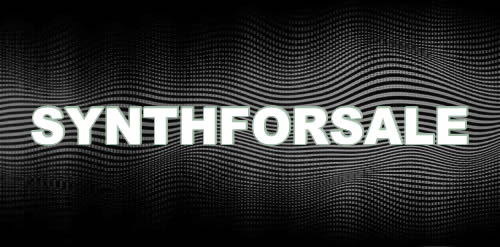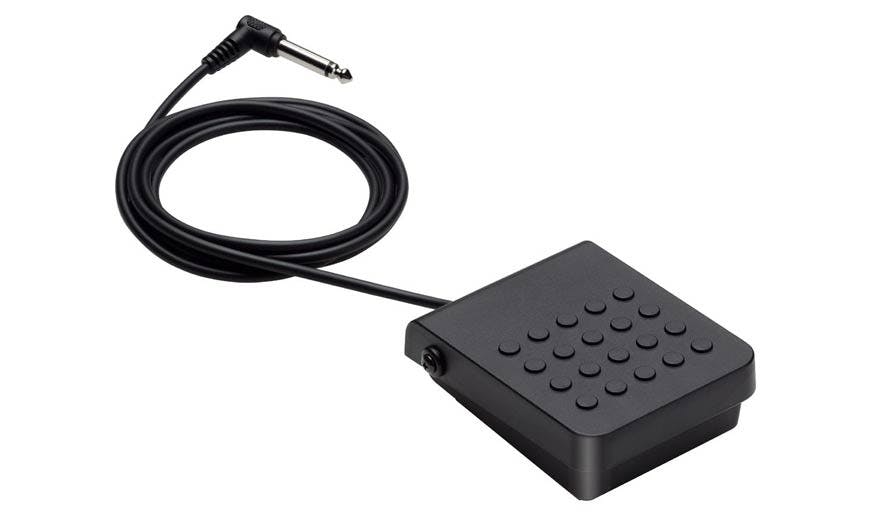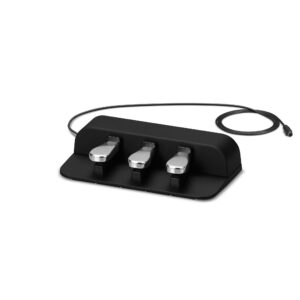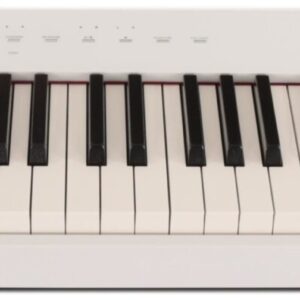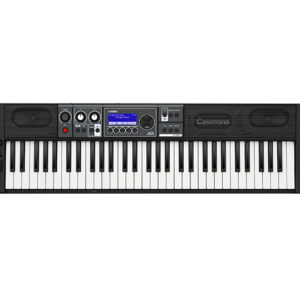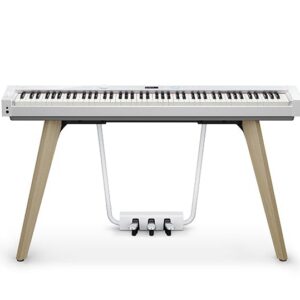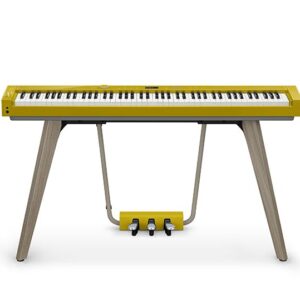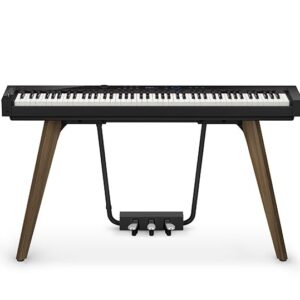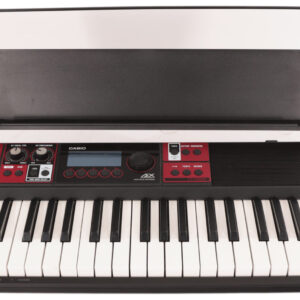Description
The Casio SP-3H5 Sustain Pedal Footswitch type is New and made by Casio a great type Footswitch Pedal Sustain 3H5 . Available from SynthforSale now for £ 18.6 with delivery to all areas of the UK. Optional single Sustain Pedal suitable for Casio Keyboards
About Casio
We have one of the largest online selection of new and used Casio music gear. If you are looking for your next synth, we will have it online at SynthForSale with fast delivery direct to you at home. Every item on the SynthForSale marketplace is delivered by sellers to all areas of UK, England, Ireland, Scotland & wales
Casio made a significant impact on the world of synthesizers in the 1980s with its introduction of the CZ Series, which featured a unique form of digital synthesis called Phase Distortion (PD). The Casio CZ-101, launched in 1984, became an affordable and accessible alternative to more complex and expensive synthesizers, offering versatile digital sounds that were particularly well-suited to pop, new wave, and experimental music. The CZ-101’s compact size and distinctive digital tones earned it a cult following and made it a mainstay in home studios and professional setups alike. Casio’s pioneering work in digital synthesis during this era helped democratise music-making, putting powerful tools in the hands of musicians at a fraction of the cost of many contemporaries.
In addition to the CZ Series, Casio introduced the VL-Tone Series, which blended calculator-like features with basic synthesis, becoming iconic for its quirky charm and memorable sounds. The Casio Casiotone keyboards also became ubiquitous, catering to hobbyists and beginners with user-friendly features and built-in rhythms. While not always seen as high-end synthesizers, Casio’s instruments played a crucial role in shaping the landscape of affordable digital music gear, making it possible for countless musicians to explore synthesis without breaking the bank. In recent years, Casio has focused on compact and portable instruments like the Casio XW Series, which offer modern synthesis features in accessible, portable packages.
£17.50 £17.00
Compatible with most keyboards Footswitch style sustain pedal Robustness product
£34.99 £30.99
Features a simple design and offers expressive, dynamic control Features a simple design and offers one expressive, dynamic control, Yüksek kaliteli sustain pedal Designed to sustain notes in the same way as the damper pedal on an acoustic piano
£12.99 £12.32
Universal compatibility – Lightweight universal sustain foot-pedal or foot switch controller for digital pianos, MIDI controllers, synthesisers and more courtesy of a built-in polarity switch The perfect accessory for your M-Audio controller – Compat…
read more
£12.63
Piano-style sustain pedal for all Casio keyboards and digital pianos with pedal jacks. Add an optional sustain pedal to your Casio keyboard for easier playability and more expressive possibilities. Compatible with most keyboards with a 1/4" sustain p…
read more
£11.99
🎹【Classic & Functional & Universal Sustain Pedal】: Polarity reverse switch, 6.5 feet cable with 1/4 inch straight plug, plug surface designed with texture increases friction for easily plugging in/out. Sovvid piano pedals are widely used for Yamaha, …
read more
New
This product is brand new, unused, and in its original packaging. It has never been opened or used, ensuring you receive it in pristine, factory-sealed condition, just as originally manufactured.
It is ideal for those who want the assurance of a fresh start with their gear.
Pedal
A pedal, in the context of music, refers to a device that modifies the sound of an instrument, typically electric guitar or keyboards, by altering audio signals as they pass through it. Pedals can serve a variety of functions, including effects like distortion, reverb, delay, modulation, and compression. They are commonly used by musicians to enhance their sound, create unique audio textures, or achieve specific sonic qualities that would be difficult to produce with the instrument alone. Pedals are often housed in sturdy enclosures with footswitches that allow musicians to engage or disengage effects during performance easily.
Pedals can be analogue or digital, with each type offering different characteristics and qualities. Analog pedals, for example, often provide warm and rich tonalities due to their continuous signal processing, while digital pedals can emulate a wide range of effects and often include more advanced features, such as presets and programmable settings. Many musicians use multiple pedals in a “pedalboard” setup, connecting them in series to create complex soundscapes. With their versatility and ability to transform an instrument’s tone, pedals have become essential tools for performers and composers across various genres, from rock and jazz to electronic and ambient music.
Sustain
Sustain refers to the duration a sound is held after the initial attack and decay phases, and it is one of the key stages in a synthesizer’s ADSR envelope (Attack, Decay, Sustain, Release). When a note is played on a synth, the sustain level determines how long the sound remains at a consistent volume while the key is being held down. Unlike attack and decay, which are measured in time, sustain is a level—essentially the steady volume that a sound maintains until the key is released. For instance, if the sustain is set high, the note will continue to sound loudly; if it’s set low, the sound will drop to a softer volume.
The concept of sustain is essential for shaping how a sound behaves over time. In musical contexts, sustain allows for the emulation of acoustic instruments like strings or organs, where notes can be held continuously at a certain volume. It is also useful for creating pads, drones, or long atmospheric sounds. Adjusting the sustain level can drastically change the character of a sound—keeping it high can give a sense of continuity or smoothness, while lowering it can make the sound more percussive or short-lived. By creatively manipulating sustain within an ADSR envelope, musicians can achieve greater expressiveness and variety in their synthesizer patches.
